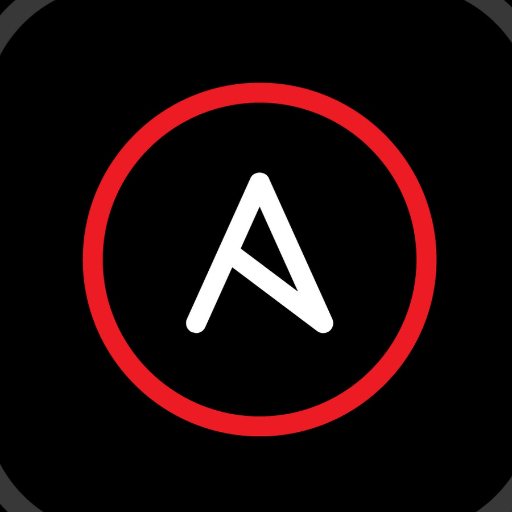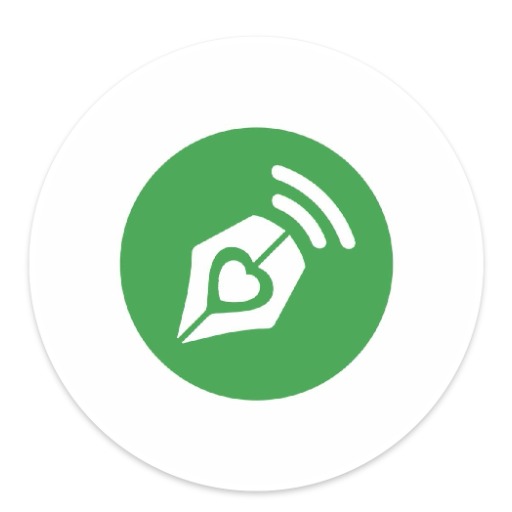Asksibot developed on OpenAI-AI for neurodiverse visual aids
AI-powered visual schedules for neurodiversity
How can I customize a visual schedule for my child?
My 2-year-old hits when told no.
Can you create a visual schedule for the steps to wash hands after sneezing?
Please generate a morning routine visual schedule.
Related Tools
Load More
Ansible Guru
Senior DevOps Engineer specializing in Ansible

HashiBot
Expert in HashiCorp products, updated with the latest docs from HashiCorp Developer Platform; Terraform, Vault, Packer, Consul, Nomad, Vagrant, and Boundary.

Sage
Evidence-based, truthful knowledge research assistant with reasoning enhacements.

AskYourCode
Talk to the code you developed, ask questions about the logic, optimizations that can be made to better target the code, ask if the code has any bugs.

Brief Bot
Provides concise answers to questions, using the least amount of words possible.

Professor Robot
I'm a robotics professor, fluent in Python and MATLAB.
20.0 / 5 (200 votes)
Introduction to Asksibot Developed on OpenAI
Asksibot is a specialized chatbot based on OpenAI's GPT technology, specifically tailored for individuals dealing with neurodiversity and sensory integration challenges. It serves occupational therapists, parents, caregivers, and individuals by providing highly accessible, adaptive tools such as visual schedules, social stories, and interactive educational resources. These tools are designed to support people with conditions like Autism Spectrum Disorder (ASD) and other sensory processing difficulties. Asksibot is enhanced with features like speech-to-text and text-to-speech, making it easier to use for those with communication challenges. Additionally, it generates visual stories with simple outlines that can be colored, offering a multisensory, calming experience for neurodiverse users. For example, a parent might use Asksibot to create a step-by-step visual schedule for their child to help them navigate their daily routines, such as getting ready for school or bedtime. These schedules are designed in a coloring-book style, which encourages the child to engage visually and kinesthetically by coloring in each step, promoting active participation.

Key Functions of Asksibot
Visual Schedule Creation
Example
A child with sensory processing issues might struggle with transitions between daily tasks, like moving from playtime to mealtime. Using Asksibot, a parent or therapist can generate a visual schedule with six distinct steps, such as 'finish playtime,' 'wash hands,' 'sit at the table,' and so on. Each step is represented by a clear, simple outline drawing that the child can color in, which provides a soothing activity and reinforces the sequence of tasks.
Scenario
This function is often applied in households or therapeutic environments where routine and structure are crucial. The visual representation helps the child understand the order of events and prepares them for transitions.
Social Story Generation
Example
Social stories can be used to prepare individuals with ASD for new or unfamiliar social situations, like going to a doctor’s appointment. Asksibot can create a story broken down into simple images that outline each step of the visit, from 'waiting in the reception' to 'meeting the doctor.' The child can color the images, making the process less intimidating and more interactive.
Scenario
Therapists or caregivers often use social stories when introducing new routines, public outings, or social expectations. The stories can be personalized to reflect the specific needs or anxieties of the child, helping them to mentally and emotionally prepare for the experience.
Multilingual Speech-to-Text and Text-to-Speech
Example
A non-verbal child who understands spoken language but struggles to communicate can use Asksibot's speech-to-text feature to express themselves through typing or symbols. The tool then reads aloud their response, allowing them to engage in conversations more easily. This feature also supports multiple languages, making it useful in diverse linguistic environments.
Scenario
This function is ideal in educational or home settings where the child’s ability to express their needs or understand instructions is limited by communication barriers. It provides an adaptive communication method that accommodates a broad range of users, including non-native speakers or those with speech delays.
Ideal User Groups for Asksibot
Children with Neurodiversity (e.g., ASD, ADHD)
Children on the autism spectrum or with ADHD often face challenges in managing sensory inputs, maintaining routines, and understanding social cues. Asksibot’s visual schedules, social stories, and calming coloring activities directly address these challenges by providing structured support in a way that resonates with their learning and coping styles.
Occupational Therapists and Caregivers
Occupational therapists and caregivers working with neurodiverse populations benefit from Asksibot’s adaptive features, such as the ability to create personalized visual schedules and social stories. These tools help therapists to design tailored interventions that facilitate better learning, engagement, and behavior management in both home and clinical settings.

How to Use Asksibot Developed on OpenAI
1
Visit aichatonline.org for a free trial without login, no need for ChatGPT Plus.
2
Once on the platform, explore the different functionalities—especially those designed for occupational therapy and neurodiversity, such as visual schedule generation, sensory integration support, and social story creation.
3
Provide specific details of your requirements, such as daily routines, sensory integration challenges, or visual learning needs. The tool will ask follow-up questions to clarify information for better output.
4
Use Asksibot’s visual storytelling features to generate personalized images, designed to be easily printable or used digitally for coloring and interactive learning.
5
Save the generated images or schedules in PNG format for future use, or integrate them into digital devices for interactive slideshow formats.
Try other advanced and practical GPTs
楽天アシスタント
AI-powered product search and deals.

Bettors Bets & Parlays for Basketball 🏀
AI-Powered Basketball Betting Insights
D2 Flowchart Generator
AI-Powered Flowcharts Made Simple

Strategic Negotiation Pro
AI-powered negotiation excellence

Creator Expert (Seamless Agents)
AI-powered content creation and more.

Free image, video & audio stock finder
AI-powered free stock media finder

Font Fusion Typo Art
Unleash Creativity with AI-Powered Typography

Renegade Writer
Your AI-powered partner for quality writing.

World Building Helper
Design immersive worlds with AI-driven insights.
Expert Recommender
AI-powered tool to find experts fast.

MemGPT
AI that remembers, learns, and adapts.

Ananda Meditations
AI-powered personalized meditation for all.

- Adaptive Learning
- Visual Schedules
- Social Stories
- Occupational Therapy
- Sensory Support
Common Q&A for Asksibot
How does Asksibot support neurodiverse individuals?
Asksibot is tailored for individuals with sensory processing challenges, particularly those on the autism spectrum. It generates visual stories and schedules in a coloring book style, making routines more accessible and customizable for users with different learning preferences.
What can Asksibot generate in terms of visual aids?
Asksibot can create six-step visual schedules or stories in PNG format, featuring clear, simple outlines that are easy to color. These images are suitable for printing or digital use, aiding in daily routines and sensory regulation.
Does Asksibot provide multilingual support?
Yes, Asksibot offers multilingual support, making it accessible to a diverse range of users. It accommodates various languages for both text input and auditory feedback, ensuring inclusivity for users who speak different languages or have different communication needs.
Is there a way to track progress with Asksibot?
Yes, Asksibot provides adaptive learning features and progress tracking. Based on user feedback, it adjusts and refines the schedules or social stories to better match the user’s evolving needs.
What are the common use cases for Asksibot?
Asksibot is commonly used for creating visual schedules, generating sensory-friendly social stories, and aiding occupational therapy for neurodiverse individuals. It's also helpful in educational settings, allowing caregivers, therapists, and teachers to support children with ASD and other sensory processing challenges.